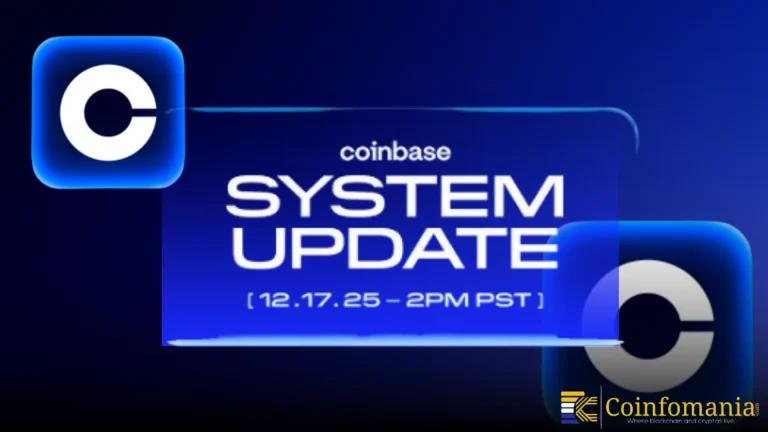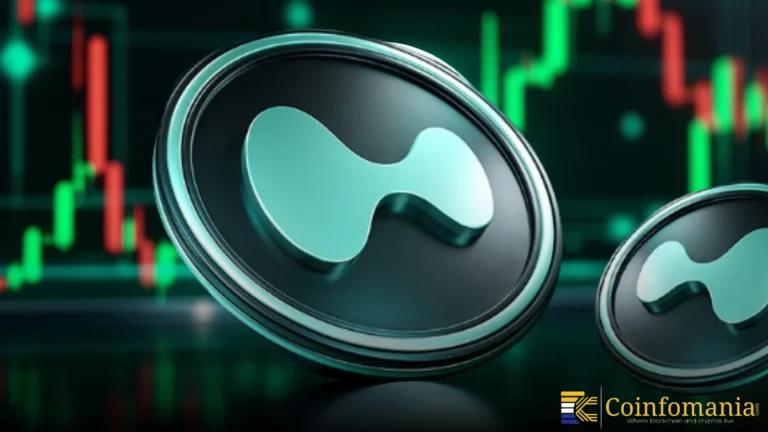Turkey Tightens Banking Rules as Lira Becomes Region’s Worst Performer
Let’s uncover why Turkey raised bank reserves to defend the lira. Is this a lifeline or a warning sign for the fragile economy?

Quick Take
Summary is AI generated, newsroom reviewed.
Turkey raised bank reserve requirements in an effort to stabilize its fragile lira, which is the worst-performing currency in its region.
Economic instability and inflation continue to pressure Turkey’s central bank into tightening monetary policy.
Broader financial uncertainty could drive more citizens toward decentralized financial options like crypto.
On June 21, once again, the Turkish lira is under pressure and the government is scrapping the bottom of its monetary toolkit to avert a crisis, as reported by Bloomberg. A week ago the lira became the worst performing currency in the Europe Middle East and Africa region, Turkey’s central bank announced it was raising the required amount of cash lenders must hold in reserve. The central bank’s targeted efforts directed at specific deposits are designed to reduce liquidity in the marketplace and hopefully work to reduce inflationary pressures on the fragile lira.
Yet, this is not simply another policy intervention; it is a signal. It signals that despite past interventions and rate increases, and foreign exchange interventions to support the lira, the lira is now so weak that it requires an aggressive, multi-prong plan not to merely survive, but to try to rebuild any kind of confidence in the Turkish economy. Investors and economists are watching for the cascading effects this rate cut could have outside Turkey.
Why Did the Central Bank Increase Reserve Requirements?
By raising required reserves, Turkish banks now have to put away an increasing amount of its deposit base with the central bank. The increased reserve requirement is not a trivial decision, in fact it would restrict the amount of money that banks would have to lend out or circulate in the economy. The Turkey central bank seems committed to limiting excessive spending with an aim to controlling inflation that has reached levels of concern in recent years.
Increasing reserves means less money is injected in the economy, which could purposefully inhibit demand and lessen inflation but at the same time the risk is that the step tightens funding and inhibits economic growth. Again we find a balancing act between stability and growth which is further complicated by a weak and depreciating currency and lack of confidence from market participants.
The Lira’s Decline Is More Than Just a Number
The Turkish lira’s fall isn’t just an important economic story. It signifies further economic imbalances in the economy. The lira has hovered along a constant downward trajectory over the past year, driving up the costs of imports and destroying the purchasing power of the Turkish public. The unstable status of the lira has symbolised deeper economic instability, economically effects come after complicated geopolitical influences, monetary policies and inflation.
The Turkish central bank has had some success as a result of interest rate hikes to save its currency, and foreign exchange interventions, but has not been able to turn the downward trend in the last year, and the latest measure reflects to the fact that interest rate hikes may not be enough as the CBRT might recently be putting more aggressive attempts to keep a lira in isolated markets, before Turkish affairs spill even further out into broader economic considerations.
How This Impacts Citizens, Banks and Investors?
For the everyday citizen, those changes typically will lead to more expensive loans and fewer options to access credit. Lending will tighten as banks are required to reserve more cash with the central bank, and small businesses and consumers will pay the price. On the investor side, investors raised eyebrows regarding the uncertainty around the Turkey central bank’s long-term exit strategy.
Investors like clarity, and a combination of temporary policies can cause more concern than confidence when it looks like panic/reactionary thinking. Additionally, if inflation doesn’t stabilize, and the political situation with the lira doesn’t get under control in a timely fashion, international investors reaction may decline even further and exacerbate the difficult situation for a country with so many endemic pressures on the economy.
Will Crypto Be Able to Show its Worth Where Traditional Finance Deteriorates?
While not strictly a crypto story, the context has implications for why decentralized financial tools are rising up in these scenarios. Turkey is already an example of a place with high crypto adoption, and with some economic tightening as well as a weakening lira, it could push people even further into Bitcoin or stablecoins as a hedge. People will often reach for alternative assets in instances where economic conditions create instability. Crypto is not everyone’s response but, for some, it is just the way to go.
What Comes Next for Turkey’s Monetary Policy?
Turkeys policy makers now have the task of restoring credibility, while managing growth, or inflation. The current measure gives them some time, but whether it is a long-term measure is still to be determined. If the weak lira continues to weaken in spite of higher reserve requirements, more changes and tighter policies could be next. That might include capital controls, rising interest rates, or even another round of interventions in the foreign exchange market.
References
Follow us on Google News
Get the latest crypto insights and updates.
Related Posts

Coinbase Signals Major Global System Update With Simultaneous Worldwide Launch
Triparna Baishnab
Author

Hyperliquid Faces Defining Moment as Governance Vote Targets Massive HYPE Token Burn
Triparna Baishnab
Author

Whale Capitulation Hits ASTER as Large Holder Locks in $667K Loss
Triparna Baishnab
Author